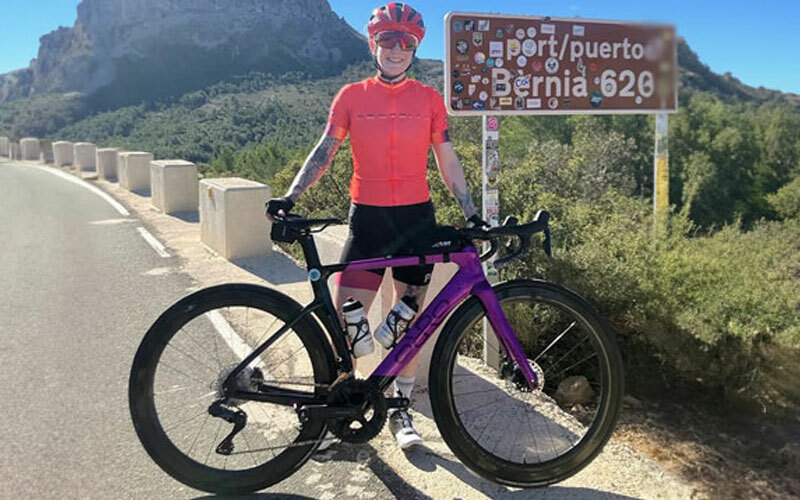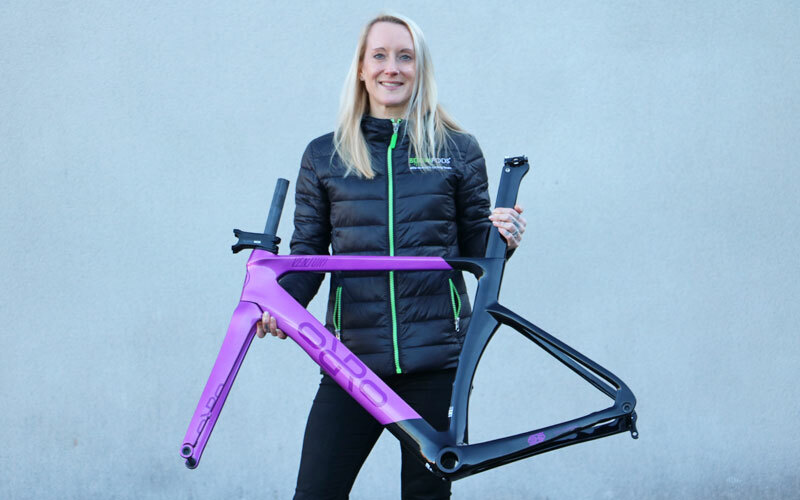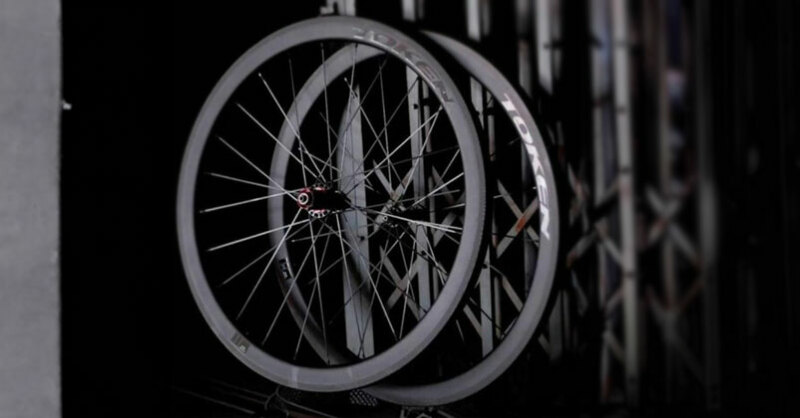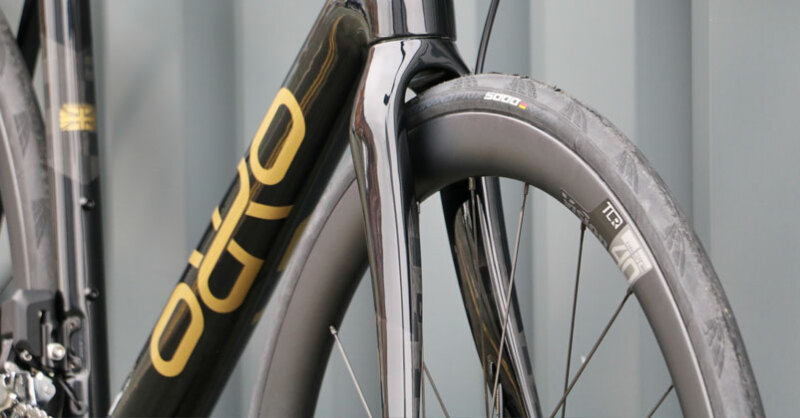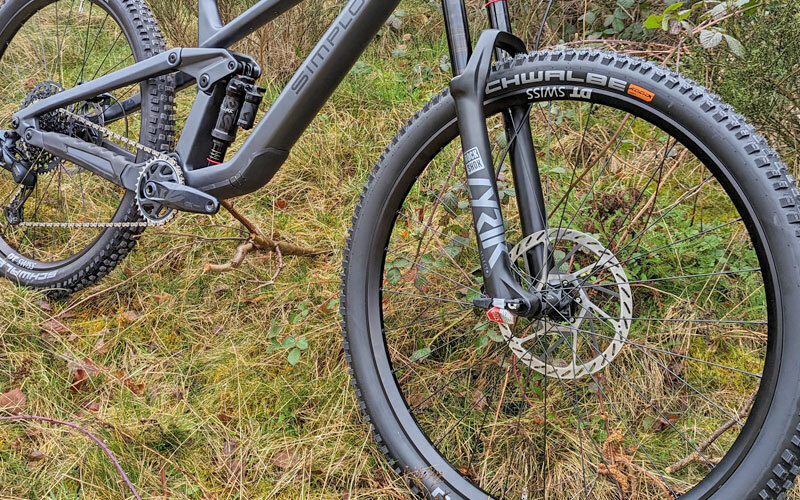Home Trainer Guide
Indoor training has transformed in recent years. No longer are home trainers just for winter months. Online training and racing platforms, such as Zwift, have made the indoor trainer an evergreen alternative, for riders to enjoy all year around - in a fun and interactive environment. There are plenty of other alternatives for home training too, depending on your budget, space available and prefered type of trainer.
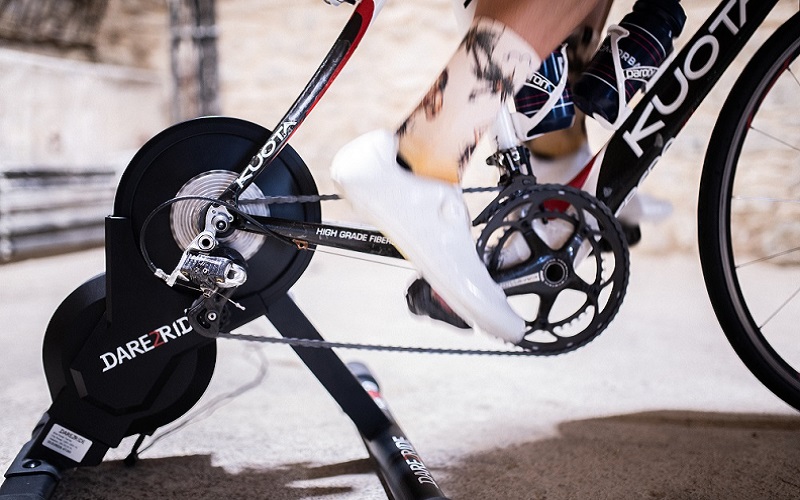
What is a home trainer?
Home trainers are the essential accessory for those who want to ride their bike indoors, either to hold onto or build fitness in winter, as an alternative on torrential weather days and also more and more, for riders who like to race in the virtual world.
How do they Work?
All trainers replicate the feeling of road resistance, to some extent. These vary from rollers which offer less resistance but are great for pedaling technique, through to fluid trainers which simulate more realistically resistance encountered riding on the roads and even climbing hills.
What are the Options?
Rollers
These consist of three rollers mounted on a frame, the forward rear roller is connected via a drive belt to the front roller. When pedaling the rollers simulate the road moving beneath the wheels. Rollers are great for smooth fast pedaling, core strength and balancing. They take a little time to master, but once you get the hang of them it takes less concentration. As well as riders wanting to improve pedaling technique, rollers are still widely used for racers warming up for events in cooler climates.
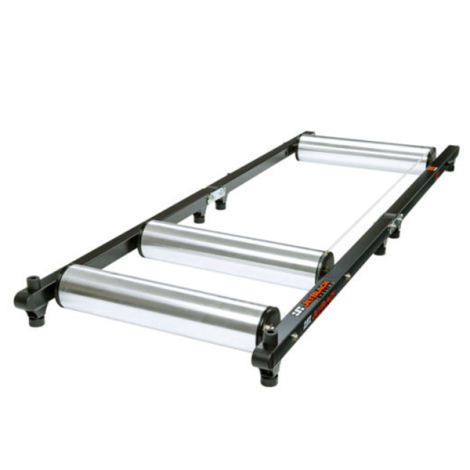
Turbo Trainer
Many lower to mid-market home trainers are turbo trainers. The more money you spend, the more features you get and the more realistic the pedaling experience and levels of resistance. Most turbo trainers clamp onto the rear wheel at the wheel release skewer / axle. The tyre contacts a small roller which turns the means of resistance
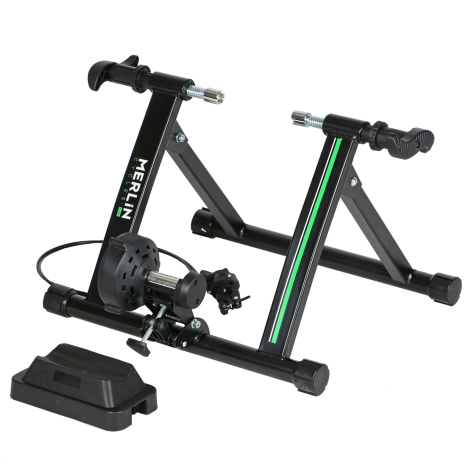
Smart Trainer (Tyre Drive)
Entry level smart trainers are more often the rear wheel on a roller type (which clamps onto the rear wheel skewer or axle). The wheel powers the roller which is connected to the resistance unit and communicates with hardware and app’ which controls the resistance you feel through the rear wheel.
Smart Trainer (Direct Drive – Rear Wheel Out)
Direct drive trainers have a cassette freehub mounted on the trainer instead of a roller. These trainers require the rear wheel to be removed, the trainer is then clamped into the bike using the quick release or axle. Obviously direct drive trainers don’t wear the rear tyre but they do require a cassette to be fitted to the trainer. Direct drive trainers tend to feel more solid than trainers which the rear wheel turns a roller. Other benefits are that many direct drive trainers tend to be quieter and also can provide more accurate power data (because sweaty rear tyres can slip on the roller of non- direct drive trainer).
.jpg)
Resistance
Trainers with magnetic resistance use magnetic plates and a flywheel. On adjustable magnetic trainers, the plates move apart when different levels of resistance are engaged. Some magnetic trainers have remote levers, which can fit on the handlebars, to adjust the resistance while riding.
Trainers which use fluid for resistance aren’t adjustable like magnetic ones are, the level of resistance with fluid increases as effort increases. The fluid, usually turbine oil, is housed in a chamber. The trainer's drive shaft powers blades which displaces the fluid in the chamber and creating resistance as it turns.
.jpg)
Indoor Bike
Indoor bikes can provide an all-in-one solution for those taking their indoor training seriously. Having a bike specifically for training means there’s no wear and tear on your outdoor bike. Some indoor trainer bikes can be set up exactly to match your regular bike set, up including crank length. They can offer a very real riding experience and accurate power tracking, on indoor bikes such as the Stages SB20.
What do I need for Zwift?
To use the online training platform Zwift you will need a compatible trainer, a transmitter receiver (Bluetooth / ANT+) and a computer with broadband connection. Trainers need to be able to send ride metrics / data to Zwift. If you are planning on racing on Zwift, take a look at the race compatible trainers on their website – some provide more accurate data than others, because of this, some are not allowed for Zwift racing.
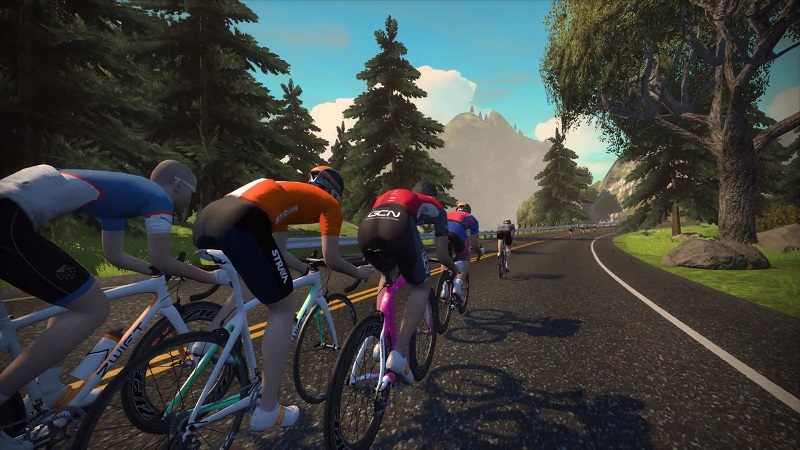
What else do I need for indoor training?
Regardless of the type of trainer you use, you are likely to get hot and sweaty, this is because the air which normally hits you riding outside and cools you, isn’t when you are not physically moving. Sweat mats help protect floors from salty sweat, preventing your bike from getting sweaty is also very important, the salt in sweat is corrosive to most bike components – so it’s a good idea to cover up your bike when you ride indoors.
Trainers which sit the back wheel on a roller, need a riser block for the front wheel, this is so that the bike is level – as it would be on the road.
Riding rollers or trainers not hooked up to training platforms can become tedious after a while. Setting up a music playlist or setting up your bike within sight of the TV are a couple of useful distraction alternatives to reduce the onset of getting bored.

